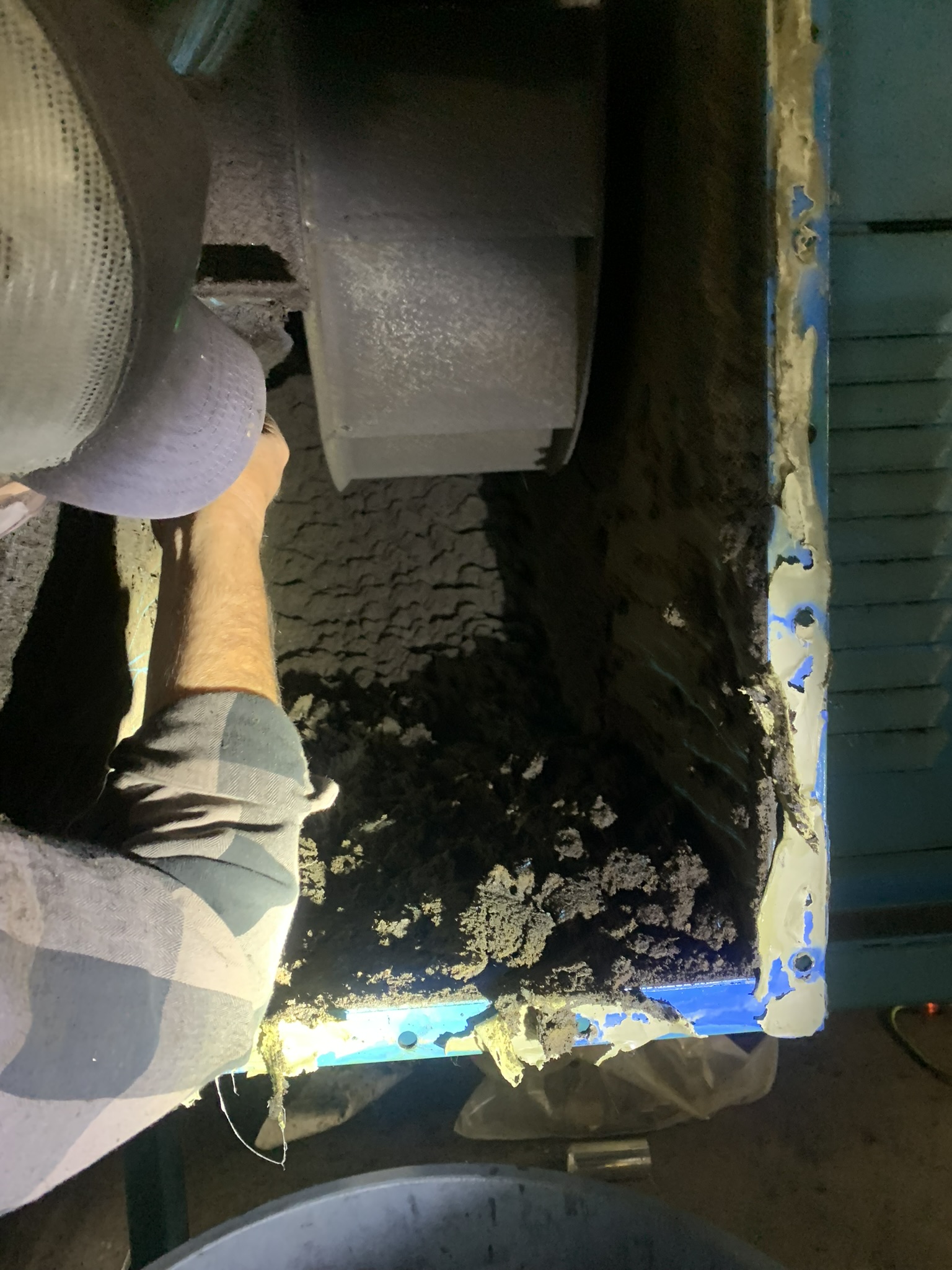4 Key Factors That Affect the Performance of
Industrial Fans & Blowers – and How to Improve Them
You might not think about them much, but industrial fans and blowers are doing the behind-the-scenes work, keeping air flowing, systems cool, and dust under control so everything runs like it should. But like any mechanical system, their performance can decline over time — and when it does, your energy efficiency, product quality, and uptime are all at risk.
At Troy Industrial Solutions, we’ve helped hundreds of facilities across industries optimize their fan systems for performance, reliability, and safety. Below are the four most common factors that impact fan and blower performance — and how you can correct them before they cause costly downtime.
1. Inadequate Maintenance
The Problem:
Dirt buildup, worn belts, misaligned shafts, and unbalanced impellers are all common culprits behind declining performance.
How to Improve:
- Set up a preventive maintenance schedule that includes cleaning, belt tension checks, bearing inspections, and impeller balancing.
- Use vibration monitoring to detect imbalance or misalignment early.
- Keep a maintenance log to track repairs and identify recurring issues.
Pro Tip: Predictive maintenance tools like vibration and thermal sensors can prevent unplanned downtime.


2. Bearing and Lubrication Issues
The Problem:
Bearing failures are one of the most common causes of fan downtime. Often, it’s due to insufficient or incorrect lubrication.
How to Improve:
- Install automatic lubricators (such as Simatec or Dodge units) to deliver consistent lubrication.
- Use the correct grease type for your application — especially in food, high-temp, or washdown environments.
- Monitor bearing temperatures and vibration as part of your routine checks.
Pro Tip: Consider switching to continuous lubrication systems for high-speed or hard-to-reach fan bearings.
3. Motor Performance and Electrical Issues
The Problem:
A high-performance fan is only as good as the motor driving it. Voltage imbalance, incorrect VFD programming, or motor misalignment can all impact efficiency and cause motor failure.
How to Improve:
- Align motors precisely with laser alignment tools to avoid stress on shafts and couplings.
- Optimize VFD parameters to match load requirements and improve energy savings.
- Perform electrical tests to detect phase imbalances or electrical faults.
Pro Tip: Keep motor enclosures and cooling fins clean to prevent overheating.
4. Harsh or Contaminated Operating Environments
The Problem:
Industrial fans often operate in dusty, humid, corrosive, or washdown-prone environments — all of which can shorten equipment life and reduce airflow.
How to Improve:
- Use fans and components built for your environment, like stainless steel housings or sealed washdown-duty motors.
- Add guards, enclosures, or filters to protect fans from debris or chemical exposure.
- Clean air inlets and outlets regularly to maintain optimal airflow.
Pro Tip: For food and chemical environments, corrosion-resistant coatings or materials can drastically extend equipment life.
Need Help with Industrial Fan Performance?
Whether it’s a persistent vibration issue or a bearing and lubrication issue that affects the performance of your industrial fans and/or blowers, know that Troy Industrial Solutions can help. We service and repair industrial fans, blowers, motors, and bearings, and we can supply high-performance replacement parts designed to meet demanding industrial environments. Learn more about our solutions for fans and blowers and how we can keep your fans moving. Contact us for expert service and repair.









